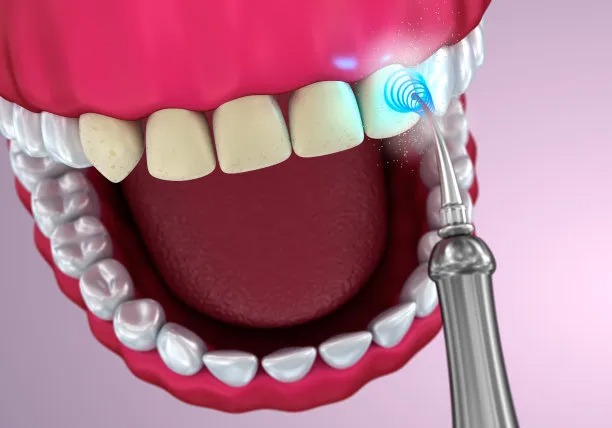The Essential Guide to Understanding the Procedure and Aftercare for Extracting a Tooth Safely and Comfortably
Summary: Tooth extraction can often be a daunting experience for many individuals, but understanding the procedure and the aftercare can significantly alleviate any anxiety associated with it. This guide provides a comprehensive overview of what to expect during a tooth extraction, including the pre-procedure consultation, the extraction process itself, post-operative care for a smooth recovery, and handling potential complications. By adhering to this essential guide, patients can feel more informed and confident when navigating their dental health, ensuring a safe and comfortable experience.
1. Pre-Procedure Consultation: Setting the Stage

Before any tooth extraction, a detailed pre-procedure consultation is essential. During this meeting, the dentist will assess the patients oral health, taking into account any specific conditions that may affect the extraction process. The dentist will review the patients medical history and evaluate the tooth in question through visual inspection and possible X-rays.
This consultation serves crucial purposes beyond just medical assessment; it also offers an opportunity for patients to discuss their concerns. Patients should not hesitate to ask questions regarding pain management, sedation options, and the expected timeline for recovery. Open communication during this stage can greatly ease anxiety.
Once all concerns are addressed and the dentist has determined the best approach for the extraction, the groundwork for a successful procedure is laid, allowing patients to mentally prepare for the upcoming appointment.
2. The Tooth Extraction Process Explained
The extraction procedure itself typically begins with the administration of anesthesia, ensuring that the patient feels little to no discomfort during the process. Local anesthesia is commonly used, but sedation may be offered for patients with heightened anxiety. Dentists, with their specialized skills, will then proceed to loosen the tooth from its socket using dental instruments.
In cases where the tooth is impacted or difficult to remove, the dentist may need to make incisions in the gum tissue. This part of the process can sound intimidating, but dentists are trained to handle these scenarios efficiently, minimizing the discomfort felt by the patient. Continuous communication throughout this stage can help reassure patients.
Once the tooth is removed, the dentist will clean the extraction site and may place gauze to control any bleeding. Patients might feel some pressure during the extraction, but pain is managed effectively through anesthesia. Afterward, the dentist will provide detailed aftercare instructions to ensure optimal healing.
3. Aftercare: Ensuring a Smooth Recovery
Post-operative care is crucial for a successful recovery following a tooth extraction. Patients should focus on controlling bleeding during the first few hours after the procedure. This can often be achieved by biting down gently on a piece of gauze provided by the dentist. Keeping the head elevated can also help minimize swelling.
Diet plays an essential role in recovery as well. Soft foods are recommended to avoid irritating the extraction site, and patients should stay hydrated. Avoiding hot drinks and straws is vital, as these can dislodge the blood clot that forms over the extraction site, potentially leading to complications.
Additionally, patients are advised to stick to prescribed pain management protocols. Over-the-counter medications are often recommended, but following the dentists guidelines for dosage and frequency is important. Any unusual pain, excessive bleeding, or signs of infection should prompt a call to the dentist for further advice.
4. Handling Complications: What to Watch Out For
Although tooth extractions are generally safe, being aware of potential complications can help ensure a smooth recovery. One common issue is dry socket, which occurs when the blood clot is dislodged, exposing the bone and nerves. Symptoms of dry socket include severe pain and a foul taste. If suspected, patients should contact their dentist immediately for treatment.
Infections can also occur, particularly if post-operative care instructions are not closely followed. Signs of infection might include increased swelling, fever, and persistent pain that worsens over time. Again, prompt communication with the dental office is crucial to address these concerns effectively.
Listening to ones body and taking preventive measures can significantly reduce the risk of complications. Following up with the dentist for scheduled appointments is also essential, as it allows for professional monitoring during the recovery phase.
Summary:
Understanding the procedure and aftercare involved in a tooth extraction can lead to a more comfortable experience for patients. From the initial consultation to post-operative care, each step is designed to ensure safety and minimize discomfort. Being informed about potential complications also allows for rapid and appropriate responses, contributing to a smooth recovery.
This article is compiled by Vickong Dental and the content is for reference only


